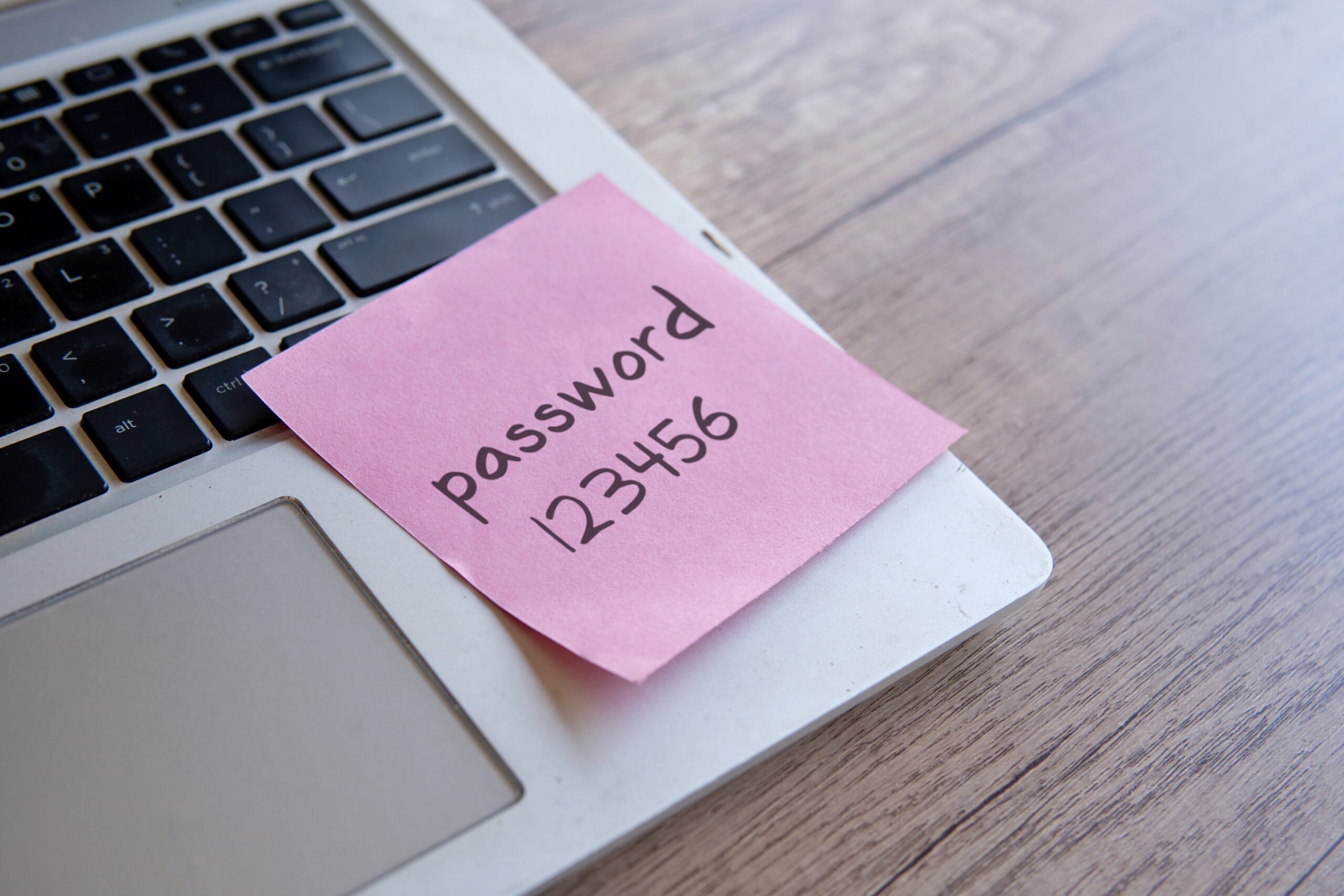Let’s be honest: no one gets excited about passwords. But whether you’re managing a business, shopping online, or just checking email, your passwords are the front door to your digital life — and many people are still leaving that door wide open.
This blog is inspired by World Password Day, a reminder to give your digital security a much-needed checkup. The idea originally came from security researcher Mark Burnett, who, in his 2005 book Perfect Passwords, encouraged people to choose one day each year to update their passwords. Intel turned that idea into a global awareness campaign in 2013 to promote better password habits — and for good reason.
Today, we’ll look at why strong passwords matter, how to create them, and what else you can do to stay protected in a world of growing cyber threats.
The Real Dangers of Weak Passwords
If your password is “123456,” “qwerty,” or even “ilovemydog3000,” you’re not alone — but you are at risk. These types of passwords are among the most common and are typically the first ones hackers try when attempting to gain access.
Cybercriminals don’t need to guess your password manually. They use automated tools that run through millions of combinations in minutes. Weak or reused passwords are easy targets, and once a hacker cracks one of your accounts, they can potentially access others — especially if you use the same password across multiple sites.
The consequences? Anything from stolen personal information and drained bank accounts to hijacked business systems and ransomware attacks.
What Makes a Strong Password?
Let’s say you’ve avoided the obvious “123456” trap — great. But that doesn’t mean your password is strong. Many people fall into the trap of using familiar words, dates, or names that can be easily guessed or found on social media.
So how do you build a truly secure password?
The Anatomy of a Strong Password:
- Length: Aim for at least 12 characters. The longer, the better.
- Complexity: Include a mix of uppercase and lowercase letters, numbers, and special characters.
- Uniqueness: Use a different password for every account — no exceptions.
A helpful trick? Use a passphrase: a string of unrelated words that’s easy for you to remember, but hard for hackers to crack. Think something like:
“BlueCarrot!RiverDance2025” (Disclaimer: please don’t see this example and think “that’s great!” and then actually use this password. You’ll be in a world of trouble).
It’s memorable, long, and random enough to stand up to brute force attacks.
Don’t Rely on Memory — Use a Password Manager
Let’s face it: no one can remember 30 unique, complex passwords. That’s where password managers come in. These secure tools generate and store strong, unique passwords for each of your accounts — so you only need to remember one master password.
Benefits of using a password manager:
- Automatically creates secure, random passwords
- Fills in login credentials across websites and apps
- Not susceptible to phishing the way memory or sticky notes are
Most reputable password managers also alert you if a password has been involved in a data breach, so you can take action quickly.
Add an Extra Layer: Multi-Factor Authentication (MFA)
Even the best password can still be compromised. That’s why multi-factor authentication (MFA) is so important. MFA requires an extra verification step — like a text message code, mobile app approval, or biometric scan — before granting access.
With MFA enabled, even if a hacker guesses or steals your password, they still can’t get into your account without the second form of verification.
Embrace Emerging Security Tech
Passwords are evolving — and in some cases, being replaced. New technologies aim to reduce the burden of password management while improving security.
Here are a few alternatives gaining traction:
- Biometrics: Use fingerprints or facial recognition to log in.
- Passkeys: These cryptographic keys replace passwords entirely. Instead of typing in a password, you confirm access using a secure device — like your smartphone — that verifies your identity.
Big tech companies are increasingly supporting passkeys, which are considered more secure and user-friendly than traditional passwords.
Final Thoughts: Security Starts with You
World Password Day might come around once a year, but your digital security is a year-round responsibility. Don’t wait until your accounts are compromised to take action.
To recap:
- Ditch weak or reused passwords immediately
- Use long, complex, and unique passwords for every account
- Store them safely using a password manager
- Enable MFA whenever possible
- Keep an eye on new, secure login methods like passkeys and biometrics
Taking just a few simple steps can dramatically reduce your risk of being hacked. Because in today’s world, a strong password isn’t just a best practice — it’s essential. If you’re interested in the history of hacking, take a look at this article to see just how cyber criminal’s dark tactics have evolved over the decades.







